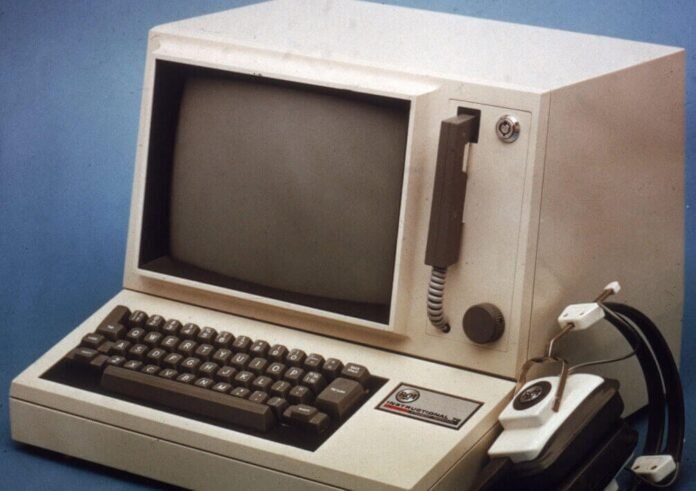It was the end of a seismic Sunday afternoon in the Premier League title race and Jamie Redknapp had the hump.
The much-heralded three-horse race had seemingly been reduced to one thoroughbred and two nags, and Sky’s pundits were assessing how home defeats for Arsenal and Liverpool had impacted both the title race and the battle for fourth.
An increasingly common gambit for broadcasters this season has been to throw to Opta’s prediction model (aka the supercomputer) at crucial points of the conversation. Seeing a nice, understandable, percentage chance of where your team will finish can be comforting or worrying — but as 2023-24 reaches its climax, the dissenting voices are growing.
“Opta is giving me the hump a little bit” 😂
Aston Villa have a 70% chance of finishing in fourth place 📈 pic.twitter.com/OekJSmdtsi
— Sky Sports Premier League (@SkySportsPL) April 14, 2024
It feels apt that in a week when we learnt that Chelsea have spent the same amount on agents’ fees this season as it cost to make Terminator 2, the football discourse has recoiled at the thought of machines. Our League is a proud maze of history, passion, belief, tactics, late goals and even more belief. How can a computer — which has never even played the game — be trusted to know what is going on?
And more importantly, why do the numbers just keep on changing each week?
What we need first is a breakdown of how exactly the supercomputer works.
It should be stressed that this is a probability model, it is not someone sitting in a room looking at the league table and having a good old guess. What’s actually happening is a big (possibly super) computer is estimating the outcome of each remaining fixture based on a team’s current strength (from Opta’s Power Rankings, another model!) and betting market odds. The busy machine then simulates the remaining games in a season, not once, not twice but 10,000 times and constructs an average league table from that set of 10,000 simulations.
So, if we look at how the title predictions have changed after the weekend’s game, we can see that Manchester City’s chances of winning the league have jumped up from around 40 per cent to 70 per cent. Arsenal and Liverpool are now on 18.3 per cent and 11.7 per cent respectively, which might sound gloomy if you support one of those sides but that means that as the supercomputer crunched its way through the 10,000 simulations on Sunday evening, Arsenal came out as champions 1,830 times and Liverpool 1,170 times. Sounds a bit better doesn’t it? Because bigger numbers are bigger.
Some people expect too much from the machines. If the computer is so super, they muse, then why didn’t it know that Manchester City were going to be in a much more commanding position after this weekend? Well, because like you or I, the supercomputer can only react to what has happened up to this point, and theorise (humans) or simulate (supercomputer) the remainder of the season. Not many people saw Liverpool and Arsenal losing at home — and neither did the machine in most of its simulating. But it happened, and we all have to adapt to the future we are now living in.
There’s a reason why when the widely-disliked Biff Tannen travelled back from 2015 to 1955 in Back to the Future Part II, he gave his younger self a sports almanac and not a predictive model. The former contained every sporting result from 1950-2000 — and events you know took place (eg between 1950 and 2000) will always trump predictive modelling.
Some will continue to ask what the point of this technological advancement really is if all it’s doing is putting a number on feelings we already have. But from the moment someone (and in this instance, it really was someone sitting in a room with a pen) constructed the first league table in September 1888, football has been a numbers game. The complexity and scope of those may change but more information is rarely a bad thing.
While Arsenal and/or Liverpool have even a 0.1 per cent chance of winning the Premier League this season, there’s still a chance it might happen. And though it may be illogical to a supercomputer, the most predictable emotion in football fans is still hope.
(Top photo: Hulton Archive/Getty Images)
Read the full article here


